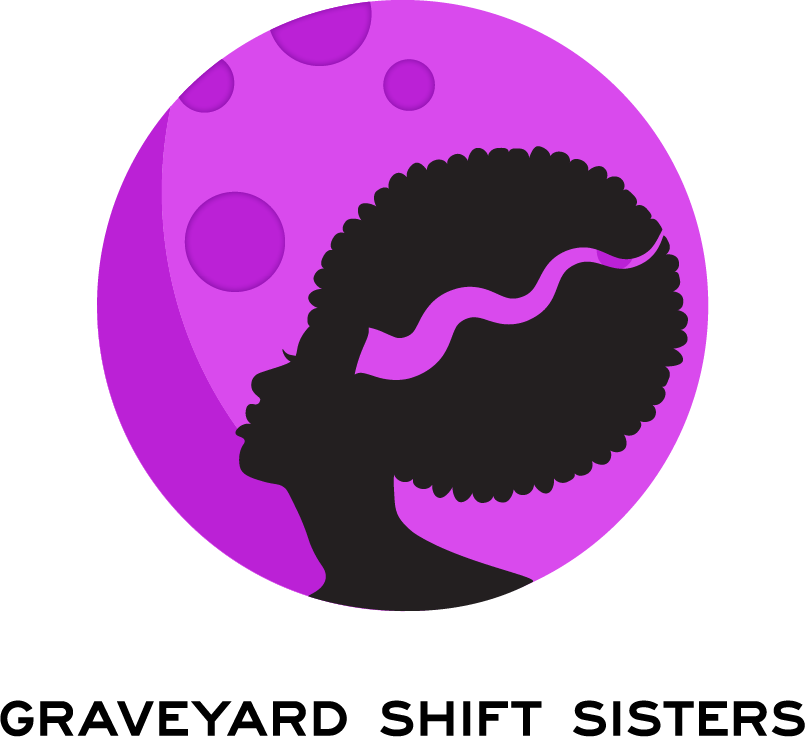Race, Vigilantism, & "Zombies" In Wes Craven’s The People Under The Stairs
Horror's true effectiveness is executed when its busy making us uncomfortable in our comforts. The everyday and mundane that lures us into a false sense of security can become the very sight of anxiety. Wes Craven's mission as a storyteller early on was to do exactly this. And I appreciate that. He does so with a certain complexity and I think his sleepers don't get the attention they deserve. And I admit that some of them have taken me awhile to get to and that while like any filmmaker, his body of work suffers in some areas. 1991's The People Under The Stairs is not a film I grew up watching strangely. How this one slipped into the cracks of my mum's VHS collection is some kind of freak accident. So I went into a viewing with no nostalgic childhood memories.
The People Under The Stairs vibes off of pretty distinct binaries. The setting of urban vs. suburban has its roots in sanity vs. madness. The urban, ghettoized area of southern California condemned to the poor, working class people of color, in particular Black families trying to make 50 cents from a penny presents a persistence in survival, love, and diligence. Ruby wants Fool to hold on to his dream of becoming a doctor. Fool is determined to help his mother get the medical care she needs. Despite their circumstances and the off-shoot antagonist of Leroy as he lures Fool into a justified burgarly attempt, this downtrodden family stays in tact. It actively negates popular myth of the black, inner-city families torn by poverty, crime, and the lessening structure of community. And in 1991, this was especially of importance to see in a mainstream Hollywood film out of a hostile decade that painted the Black family structure as inherently morally reprehensible. We had crack mothers/crack babies or the Huxtables and even in 2014, we're still struggling to conceptualize everything in between on screen for a mass audience.
Desperation and the misguided conceptions of "being a man" makes for endless excuses for men who feel it necessary to provide for their families by any means necessary. Fool's youth saves him as much as his witnessing the deaths of his partners in crime. Their death's are his warning. He understands that he may not be able to completely destroy Man and Woman and the nature of their derangement but finds his victory is not just his but for the people in his community, including Man and Woman's victims which unifies people regardless of race. This is especially shown when Ruby and members of their community confront Woman on her doorstep during the film's climax. They come not just for Fool, but for the lives they have systematically destroyed.
Maybe the not-zombies figure into the story as another group of oppressed individuals. Maybe Wes wanted to show not-zombies not as mindless drones but thinkers with higher motives. The anti-enemy to establishment, not complicit in its tyranny. I'm not entirely sure but they lead Fool to seeing why 'there's no money in the ghetto.' A vault filled with mountains of money and gold and just plain greed. In the end, the house succumbing to dynamite and the rain of money is the redistribution not of power but empowerment. The set up was knowing what the money would be used for (medical expenses, a home) not for hoarding and the deranged control of others.
Fool's community showed up for justice, their reward, cash in the hopes of rebuilding their crumbling landscape. And I don't know if you would call those walking monstrous figures zombies but let's go with that. The People Under The Stairs is certainly a time capsule of 90s race and class commentary.

